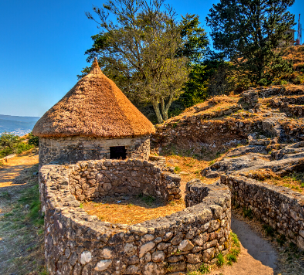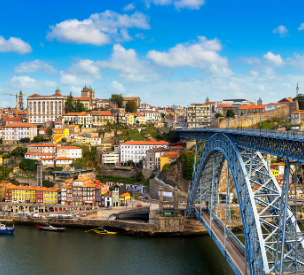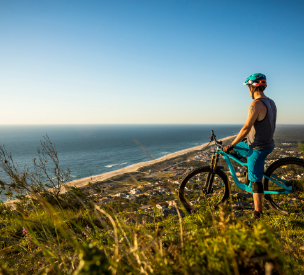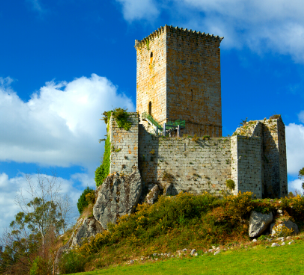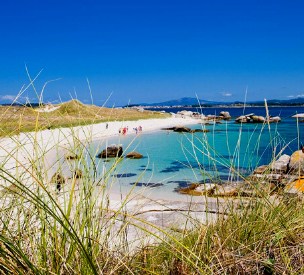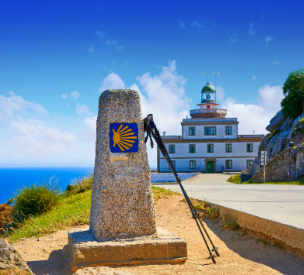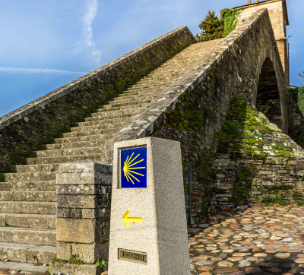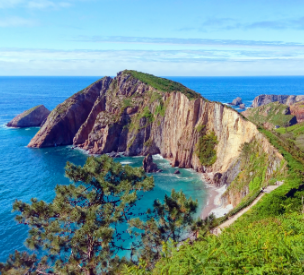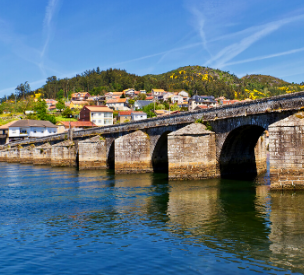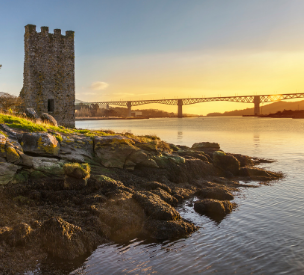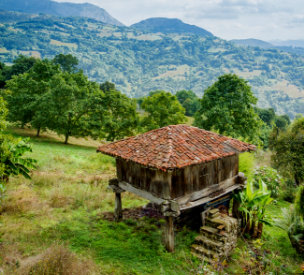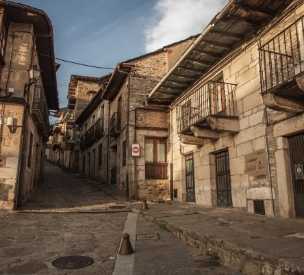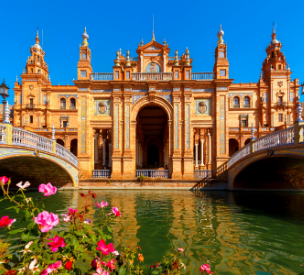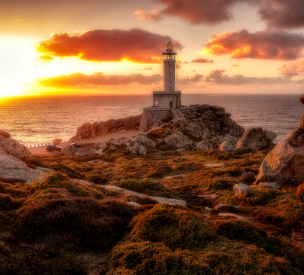Portuguese Way along the coast
Portuguese Way Coastal Route
The Portuguese Coastal Way is the perfect route to get to know the coastal environment of the northern region of Portugal and southern Galicia. The sea will be your travel companion on this adventure, and at every step, you will be treated to breathtaking views of endless sandy beaches, estuaries, cliffs, as well as pleasant stays in cozy towns and seaside villages.
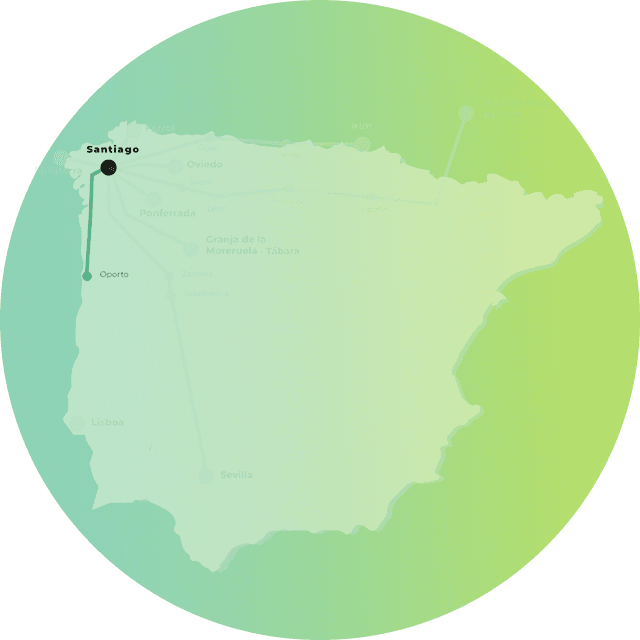
Our journeys of the Portuguese Camino de Santiago along the coast
Information about the Portuguese Coastal Way
The Portuguese Way along the Coast
The Portuguese Way along the coast is a simple route suitable for all types of pilgrims. In addition to its undeniable scenic quality, it is the perfect route to undertake at any time of the year. In summer, you can enjoy the beach atmosphere of the coastal towns, taking the occasional dip, while in winter, it is ideal for those seeking to escape the crowds and bustle of busier routes.
Not all pilgrimage routes can offer you a swim at the beach after the end of each stage. The sea breeze on your face, sun, and beach—what more could you ask for?
The Portuguese Way along the Coast
- Porto Cathedral
- Don Luis I Bridge
- San Bento Station
- Esposende North Littoral Nature Reserve
- Viana do Castelo
- Mount of Santa Tecla
- Monastery of Santa Maria de Oia
- Vigo Estuary
- Samil Beach
- Sampaio Bridge
- Church of Santiago Apostle of Padrón
- Cathedral of Santiago de Compostela
Where to start the Portuguese coastal way?
From Oporto
The Portuguese Way along the coast starts in the city of Porto, the second largest city in Portugal. From the mouth of the Douro, the route covers a total of 270 km along the entire Portuguese coastline until it enters Galicia, crossing the mouth of the river Minho. Once in Galician territory, the Way continues, passing through important cities and fishing villages in the province of Pontevedra, such as A Guarda, Oia, Baiona, or Vigo, until it joins the traditional Portuguese Way in the town of Redondela. Together, they march on to Santiago de Compostela.
Moreover, it is a very straightforward route with a smooth terrain, featuring few slopes, making it ideal for cycling. You can complete the Portuguese coastal route in a total of 13 stages, requiring approximately 15 days.
From A Guarda
The Galician section of the Portuguese route along the coast begins in the town of A Guarda, at the foot of the mouth of the river Minho. From this point to Santiago de Compostela, there is a total of 150 km that can be covered in 9 or 10 days. Its itinerary runs through the province of Pontevedra from south to north, passing through beautiful villages of seafaring tradition such as A Guarda, Oia, and Baiona, as well as important cities like Vigo and Pontevedra. It is a simple and physically undemanding route with few slopes, ideal for any time of the year.
Map of the Portuguese Coastal Route
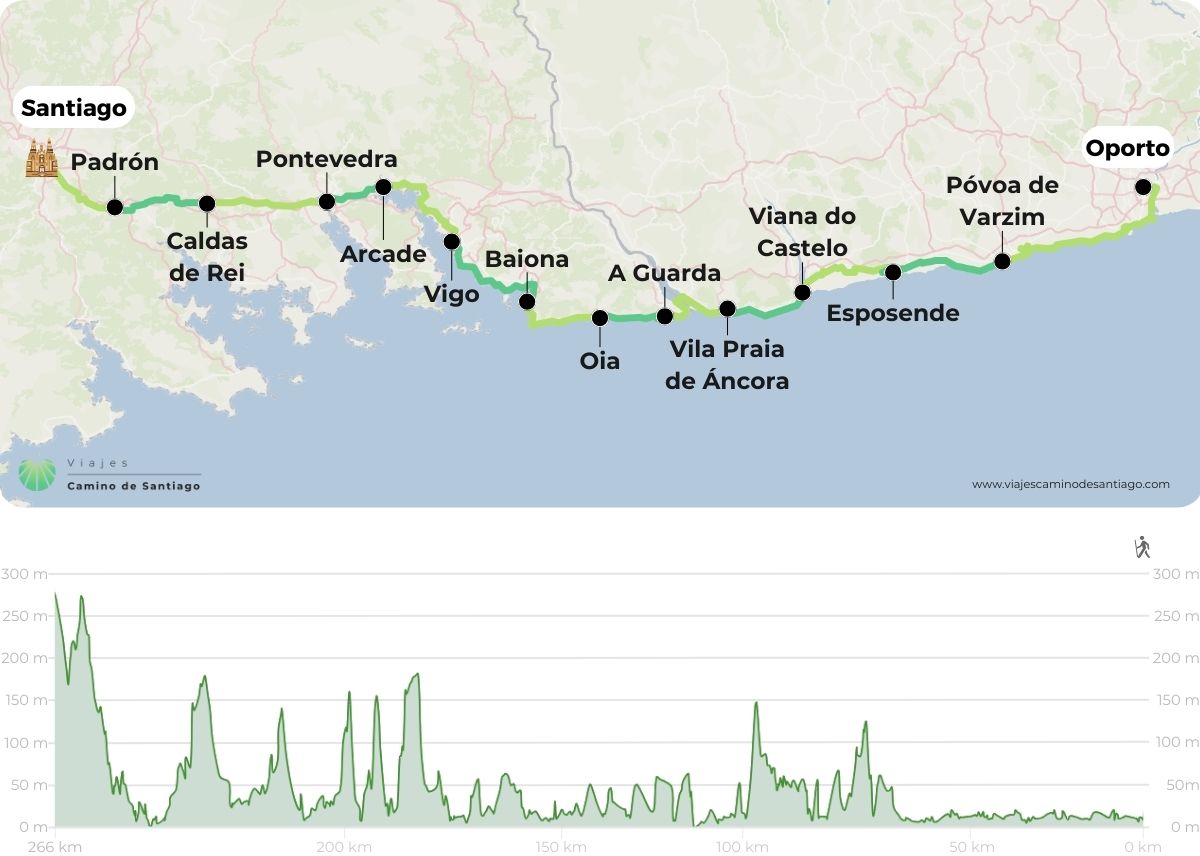
Stages of the Portuguese Coastal Way
History of the Portuguese Coastal Route
The itinerary of the Portuguese route along the coast is a route recognized as official since relatively recently. However, the history of this route is as old as the original route of the Portuguese Way. In this route, we travel the 280 kilometers that separate Porto from Santiago de Compostela, in a unique coastal itinerary.
The history of this route begins in the ninth century, after the discovery of the remains of the apostle Santiago and the beginning of the phenomenon of pilgrimages that began to happen throughout Europe.
As those interested in the history of the Iberian Peninsula will already know, in the 12th century, the Kingdom of Portugal gained its independence from the Kingdom of León, being proclaimed King Alfonso I of Portugal. This, together with the fervent Christian devotion of the Portuguese population, motivated the consolidation of the Portuguese roads to Santiago de Compostela. On the other hand, the existence of Roman roads was used for the settlement of pilgrimage routes.
From Portugal, many illustrious people made the pilgrimage to Santiago de Compostela, including Isabella of Portugal, “the Holy Queen”, the Portuguese King Manuel I in the 16th century, and even the rich Florentine Cosimo de Medici.
As it could not be otherwise, another of the causes that helped the consolidation of the coastal variant of the Portuguese Way was the arrival of numerous pilgrims by sea, who disembarked in the main Portuguese ports and from there began their pilgrimage.
Like the rest of the Jacobean routes, from the end of the 16th century, it experienced a process of decline and decadence. A gap largely overcome today, in a route that is consolidated in the XXI century, as the second busiest pilgrimage route of the Peninsula.
Frequently asked questions about the Portuguese Way along the coast
The Portuguese coastal route, or the Portuguese Coastal Way, with 12 stages and 270 kilometers from Porto, is not considered very difficult. Its first section, practically the entire north of Portugal, is very flat, as it runs along the footbridges of the Ecovia Litoral Norte. In Galicia the relief is a little bumpy, but it does not present large unevenness.
The Portuguese coastal route, the Camino Portugues por la Costa, is a route with about 270 km, generally divided into 12 stages. Therefore, divided like this, its duration is 12 days to complete the entire Camino on foot.
Each stage would be the distance you travel in one day, from the starting location to the end of the walk, where you will spend the night. The stages can vary in distance and difficulty, and it is important to note that they can be adjusted according to your pace and physical condition. Some pilgrims choose to divide certain long or difficult stages, or lengthen those that are shorter or easier to walk. It all depends on having a place to sleep.
The Portuguese Coastal Way offers a unique experience for pilgrims, with a combination of stunning natural landscapes and charming coastal towns. Throughout its 270 kilometers, from Porto to Santiago de Compostela, you will find a wide variety of places that will make your pilgrimage unforgettable.
- Oporto: Starting point of the route, Porto is a vibrant city famous for its architecture, its UNESCO World Heritage-listed old town, and, of course, its Port wine cellars.
- Vila do Conde: This charming coastal town is known for its fishing port and beaches. You can also visit the Vila do Conde aqueduct and the Santa Clara Convent.
- Viana do Castelo: Considered one of the most beautiful cities in Portugal, Viana do Castelo stands out for its imposing Basilica of Santa Luzia, from which you can enjoy spectacular views of the Atlantic coast.
- Caminha: Located at the mouth of the Miño River, this picturesque town offers incomparable natural beauty. From here, you will cross into Galicia, entering Spain.
- Baiona: In Galicia, Baiona is a popular destination among pilgrims for its history and beauty. Here you can visit the Monterreal Fortress and enjoy the views of the Cíes Islands.
- Vigo: The largest city in Galicia on the route, Vigo is famous for its port and lively urban atmosphere. If you have time, you can explore the Atlantic Islands National Park, a natural paradise just a few kilometers from the coast.
- Pontevedra: This city is famous for its well-preserved old town and the Church of the Pilgrim Virgin, one of the symbols of the Camino de Santiago.
- Caldas de Reis: Famous for its hot springs, Caldas de Reis is an ideal stop to relax in the middle of the pilgrimage. In addition, it offers a charming old town and the Umia River that runs through the city.
- Padrón: Known for its connection to the legend of the translation of the body of the Apostle Santiago. Padrón is famous for its peppers and its historic Roman bridge, as well as the church of Santiago de Padrón.
- Santiago de Compostela: The goal of all paths, with its majestic Cathedral of Santiago, is the place where your pilgrimage ends and you can obtain the Compostela.
And of course, lots of beach!
The Portuguese Camino de Santiago along the Coast is divided into 12 stages. It begins in Porto and has 270 kilometers to go to Santiago de Compostela. It must be taken into account that this distance may vary depending on the possible variants or complementary and alternative paths that the pilgrim decides to take during the route.
Each stage would be the distance you travel in one day, from the starting location to the end of the walk, where you will spend the night. The stages can vary in distance and difficulty, and it is important to note that they can be adjusted according to your pace and physical condition. Some pilgrims choose to divide certain long or difficult stages, or lengthen those that are shorter or easier to walk. It all depends on having a place to sleep.
The total kilometers of the Portuguese Way along the Coast are about 270 km from Porto, its beginning. It must be taken into account that this distance may vary depending on the possible variants or complementary and alternative paths that the pilgrim decides to take during the route.

